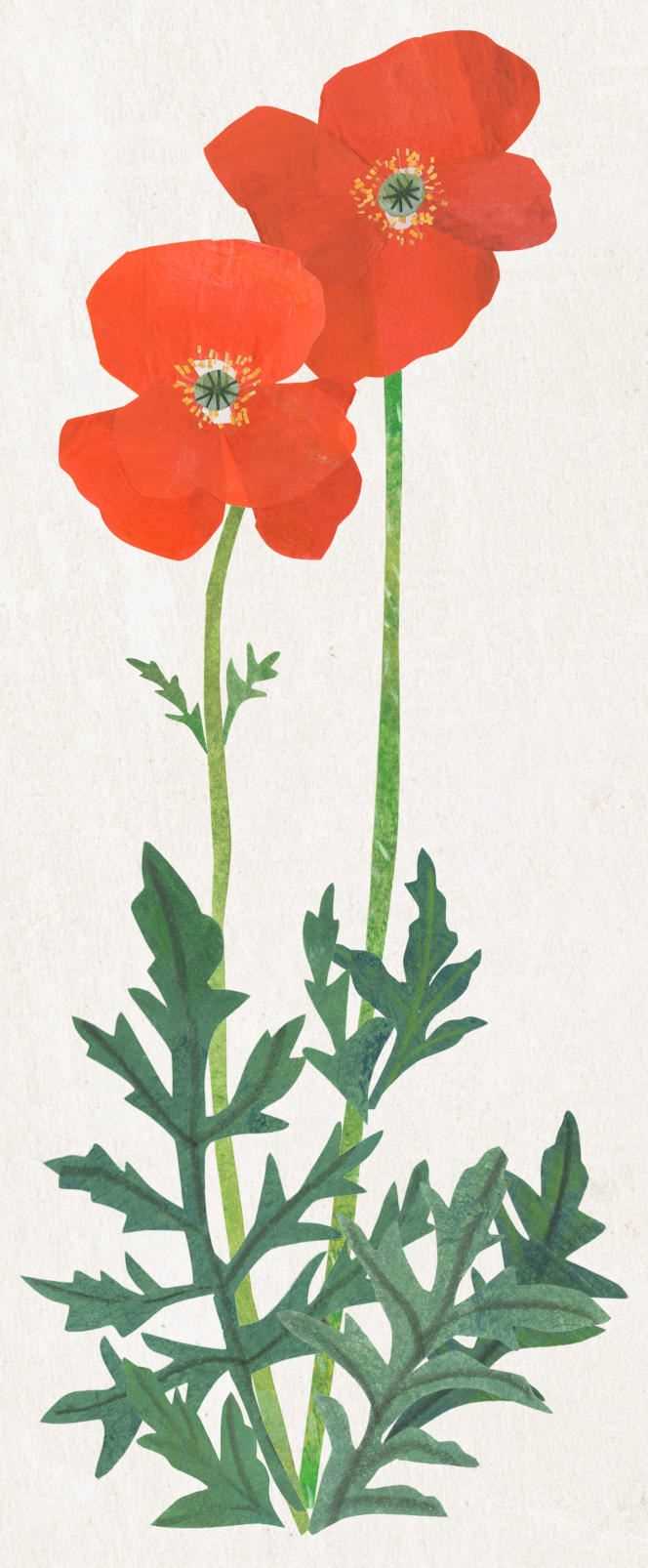Appointment is given ” at the farm “. Direction the Belleville cemetery, in the 20e arrondissement of Paris, a peaceful and elevated address – a plaque affixed to the surrounding wall reminds us that we are here at the highest point in Paris, 128 meters. In the distance, the silhouettes of the reservoirs of Belleville, two water towers erected in 1862. It is also there that the telegraph was tested in 1792 by the engineer Claude Chappe. Hence the names of the neighboring street and metro station. Around, bars of buildings and rows of tombs, but farm, even if floral, point on the horizon.

“To the right, at the end of the main alley of the cemetery, a green door”, we were told. Indeed, Eden is hidden. As soon as the famous door is found, a green expanse full of colors. In a pale pink canvas jacket over shorts, a slender young woman with long brown hair and a soft voice greets us. Since 2017, she has reigned over this kingdom called “Plein Air”. A former land reserve of the Eaux de Paris company, 1,200 square meters of open ground grappled with bitumen, on which Masami Charlotte Lavault grows more than two hundred species of wild or cultivated beauties, “Florets”, as she calls them, grown without chemical fertilizers or pesticides. Then sold in bulk with pre-order on its site (around 10 euros per bouquet). Or directly at the farm on certain Saturdays. But only during the flower season, spring and summer.
Laureate of the Parisculteurs
Knowledgeable about the names of her delicate proteges, the 33-year-old Franco-Japanese floriculturalist winds through the alleys of her urban floral farm. There, a clump of blueberries, a little further, blueberries, poppies, cosmos, hollyhocks, chive flowers, but also ears of rye, all punctuated by the red spots of wild poppies. Here, there are no greenhouses or manicured paths, peonies or calibrated roses, but a joyful carpet of varieties carefully chosen for their beauty, their vase life and their compatibility with the Ile-de-France climate, season after season.
“It is an assumed choice, which is not economically rational. There are more crop rotations, so more work, you have to know the specificities of more plants, but it’s much more interesting for me and for my clients to have such diversity. And then a place where many varieties coexist is also more resilient to diseases ”, explains the winner of the first edition of Parisculteurs, in 2017. Thanks to this call for projects launched by the City of Paris to encourage urban agriculture, Masami Charlotte was able to settle on this land and benefit from a long lease of ten years, renewable once.
You have 64.07% of this article left to read. The rest is for subscribers only.
